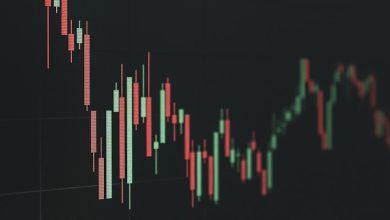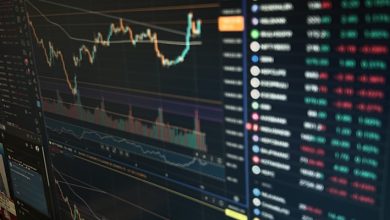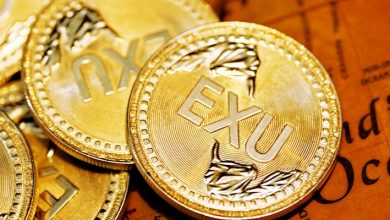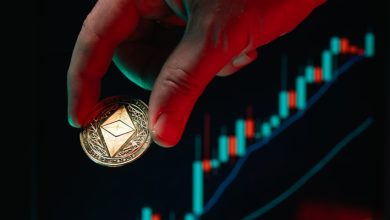Analyzing the Correlation Between Crypto and Traditional Markets
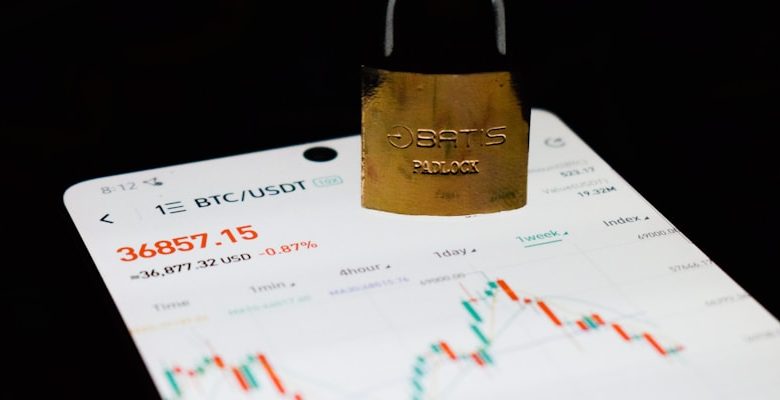
- Introduction to Crypto and Traditional Markets
- Understanding the Relationship Between Crypto and Traditional Markets
- Factors Influencing the Correlation Between Crypto and Traditional Markets
- Impact of Global Events on Crypto and Traditional Markets
- Analyzing the Volatility of Crypto and Traditional Markets
- Future Outlook: Predictions for the Correlation Between Crypto and Traditional Markets
Introduction to Crypto and Traditional Markets
When it comes to analyzing the correlation between crypto and traditional markets, it is important to understand the dynamics of both financial landscapes. While crypto markets are relatively new and decentralized, traditional markets have been around for centuries and are heavily regulated. Despite these differences, there has been a growing interest in the relationship between the two.
Understanding the Relationship Between Crypto and Traditional Markets
Understanding the relationship between cryptocurrency and traditional markets is crucial for investors looking to diversify their portfolios. While these two asset classes may seem distinct, they are becoming increasingly interconnected as digital currencies gain mainstream acceptance.
One way to analyze the correlation between crypto and traditional markets is to look at how they respond to external events. For example, during times of economic uncertainty, both cryptocurrency and traditional markets may experience increased volatility as investors seek safe-haven assets.
Another factor to consider is the impact of regulatory developments on both markets. Changes in government policies regarding cryptocurrencies can have ripple effects on traditional markets, and vice versa. This interplay highlights the importance of staying informed about developments in both spheres.
Moreover, the rise of institutional investors in the cryptocurrency space has further blurred the lines between crypto and traditional markets. As more financial institutions and corporations adopt digital assets, the correlation between these markets is likely to strengthen.
In conclusion, understanding the relationship between crypto and traditional markets is essential for making informed investment decisions. By recognizing the interconnectedness of these two asset classes and staying informed about external factors that influence them, investors can navigate volatile market conditions more effectively.
Factors Influencing the Correlation Between Crypto and Traditional Markets
Factors that can influence the correlation between cryptocurrency and traditional markets are multifaceted. One key factor is market sentiment, which plays a significant role in driving the prices of both asset classes. Another important factor is macroeconomic trends, such as interest rates and inflation, which can impact both cryptocurrency and traditional asset prices in similar ways. Additionally, regulatory developments can have a major impact on the correlation between these markets, as changes in regulations can affect investor confidence and behavior across both markets.
Furthermore, technological advancements and innovations in the blockchain and financial industries can also influence the correlation between cryptocurrency and traditional markets. For example, the integration of blockchain technology into traditional financial systems can create new opportunities for cross-market interactions and correlations. Moreover, investor behavior and risk appetite can play a crucial role in determining the correlation between these markets, as investors’ decisions and actions can have a ripple effect across both asset classes.
In conclusion, the correlation between cryptocurrency and traditional markets is a complex and dynamic relationship that is influenced by a variety of factors. By understanding and analyzing these factors, investors and analysts can gain insights into the interplay between these markets and make more informed decisions when navigating the financial landscape.
Impact of Global Events on Crypto and Traditional Markets
Global events such as economic crises, geopolitical tensions, and natural disasters have a significant impact on both crypto and traditional markets. The interconnectedness of these markets means that any major event can cause a ripple effect across the financial world.
In times of uncertainty, investors often turn to traditional safe-haven assets such as gold and government bonds, causing a shift in capital away from riskier assets like stocks and cryptocurrencies. This flight to safety can lead to a decrease in the value of cryptocurrencies as investors seek more stable investment options.
Conversely, some investors view cryptocurrencies as a hedge against traditional market volatility, turning to digital assets as a way to diversify their portfolios and protect against economic downturns. In these cases, global events can actually drive up demand for cryptocurrencies as investors look for alternative investment opportunities.
Overall, the impact of global events on crypto and traditional markets is complex and multifaceted. While traditional markets may experience more immediate and pronounced reactions to major events, cryptocurrencies are increasingly being seen as a valuable asset class with unique characteristics that can provide resilience in times of uncertainty. Understanding the correlation between these markets is essential for investors looking to navigate the ever-changing financial landscape.
Analyzing the Volatility of Crypto and Traditional Markets
When analyzing the volatility of both crypto and traditional markets, it is important to consider the fluctuations in prices and how they impact investment strategies. Crypto markets are known for their high volatility, with prices often experiencing significant swings in short periods of time. On the other hand, traditional markets tend to be more stable, with prices fluctuating less dramatically.
Despite these differences, there is a growing correlation between crypto and traditional markets. This correlation can be attributed to various factors such as macroeconomic trends, geopolitical events, and investor sentiment. As a result, movements in one market can often influence the other, leading to increased volatility across both.
It is essential for investors to closely monitor the volatility of both crypto and traditional markets to make informed decisions about their portfolios. By analyzing the correlation between these markets, investors can better understand how changes in one market may impact the other and adjust their strategies accordingly. This can help mitigate risks and optimize returns in an increasingly interconnected financial landscape.
Future Outlook: Predictions for the Correlation Between Crypto and Traditional Markets
Looking ahead, many experts predict that the correlation between the cryptocurrency and traditional markets will continue to strengthen in the coming years. This is due to the increasing integration of digital assets into the global financial system, as well as the growing influence of institutional investors in the crypto space.
One possible scenario is that as cryptocurrencies become more widely accepted and regulated, they will start to move more in line with traditional assets such as stocks, bonds, and commodities. This could lead to a situation where market movements in one sector have a more pronounced impact on the other, creating a feedback loop that amplifies volatility.
On the other hand, some analysts believe that as the cryptocurrency market matures, it will develop its own unique drivers and dynamics that are independent of traditional markets. In this scenario, we may see a decoupling of crypto and traditional assets, with each sector following its own path based on internal factors and market sentiment.
Ultimately, the future correlation between crypto and traditional markets will depend on a variety of factors, including regulatory developments, macroeconomic trends, technological innovations, and investor behavior. As these trends continue to evolve, it will be interesting to see how the relationship between these two asset classes develops and whether they will continue to move in sync or diverge over time.
